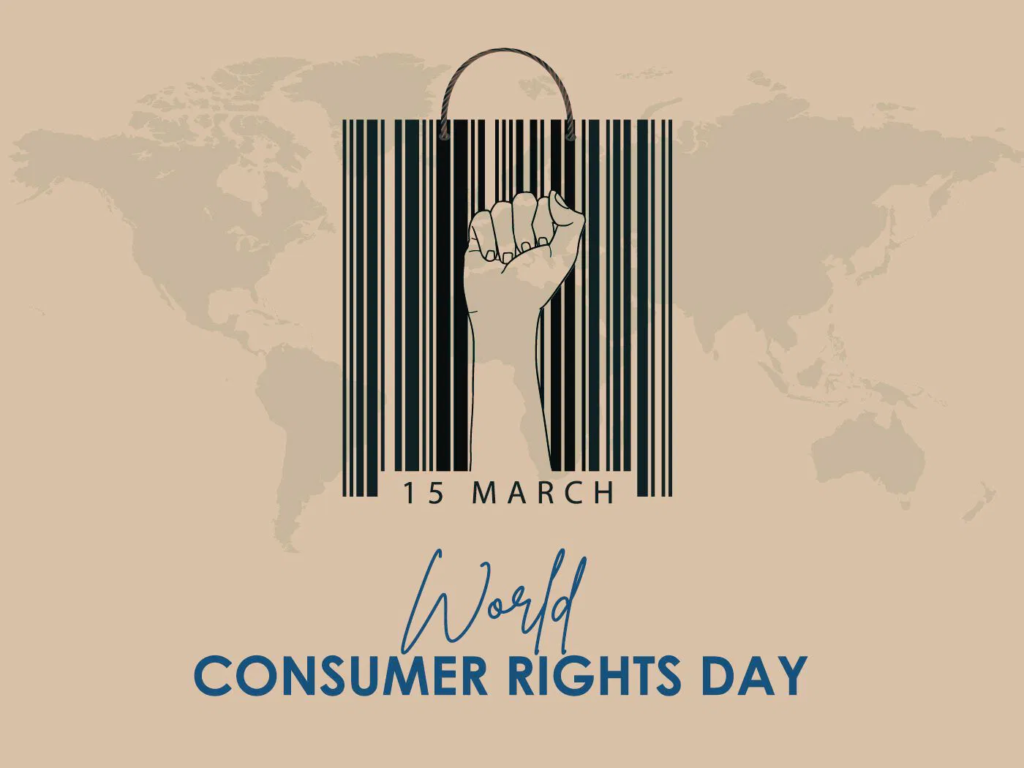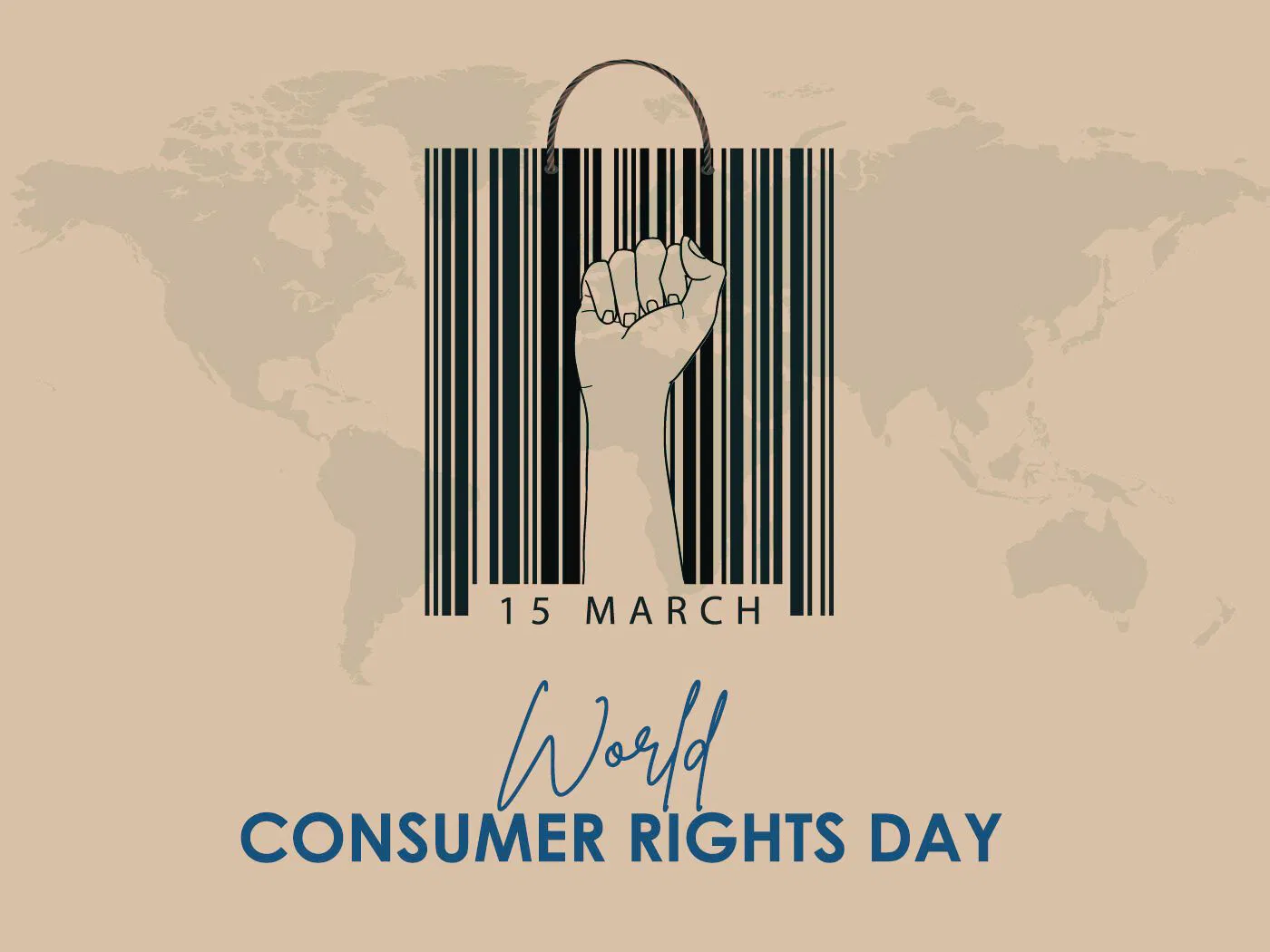
Table of Contents
- Introduction
- The Birth of Consumer Rights
- The Eight Basic Consumer Rights
- Country-by-Country Comparison
- United States
- United Kingdom
- India
- Germany
- Japan
- South Africa
- United States
- Global Trends in Consumer Protection
- The Digital Challenge: Are Laws Keeping Up?
- What Consumers Can Learn from Each Other
- Conclusion: A Shared Responsibility
1. Introduction
In the global marketplace, where the click of a button can cross continents, the importance of consumer rights has never been greater. Yet, while the need for protection is universal, the laws, enforcement, and consumer awareness vary dramatically from country to country. This post explores how different nations safeguard their citizens—and what we can learn from this global legal mosaic.
2. The Birth of Consumer Rights
The modern concept of consumer rights gained global attention in 1962 when U.S. President John F. Kennedy declared that consumers are entitled to certain rights. This marked a shift from caveat emptor—”let the buyer beware”—to a world where governments began to say, “Let the buyer be empowered.”
3. The Eight Basic Consumer Rights
Recognized by the United Nations and adopted in many nations, these eight rights form the foundation of most consumer protection laws:
- The Right to Safety
- The Right to be Informed
- The Right to Choose
- The Right to be Heard
- The Right to Redress
- The Right to Consumer Education
- The Right to a Healthy Environment
- The Right to Satisfaction of Basic Needs
While these are globally acknowledged, each country interprets and enforces them differently.
4. Country-by-Country Comparison
United States: Enforcement Through Litigation
The U.S. is known for strong consumer protection agencies like the Federal Trade Commission (FTC) and Consumer Financial Protection Bureau (CFPB). Class action lawsuits and high penalties serve as powerful deterrents to corporate misconduct. However, the U.S. model is litigation-heavy and not always fast for the average consumer.
United Kingdom: Regulated and Responsive
The UK has robust laws under the Consumer Rights Act 2015. Agencies like the Competition and Markets Authority (CMA) ensure fair trade, while the Financial Ombudsman Service (FOS) helps resolve disputes outside of courts. Consumer protections are embedded into daily transactions, especially online.
India: Evolving and Empowered
India revamped its consumer law landscape with the Consumer Protection Act, 2019. The law introduced e-commerce guidelines, product liability provisions, and fast-track consumer courts. However, enforcement in rural areas remains a challenge due to lack of awareness and infrastructure.
Germany: Rights Meet Regulation
Germany has a reputation for meticulous regulation and strong consumer unions. Warranties are standard, and data privacy laws are among the strictest in the world. The EU’s influence ensures high protection levels across goods, services, and digital platforms.
Japan: Tradition Meets Technology
Japan’s consumer rights framework is grounded in safety and service quality. The Consumer Affairs Agency plays a central role in protecting consumers, particularly the elderly. Transparency in labelling and packaging is culturally enforced alongside legal measures.
South Africa: Justice Through Education
South Africa’s Consumer Protection Act, 2008 was revolutionary for its time, especially in a developing economy. It focuses on fairness, equality, and access to information. The law also stresses the importance of consumer education in a multilingual, diverse population.
5. Global Trends in Consumer Protection
- Cross-border e-commerce has driven countries to update outdated consumer laws.
- Digital rights—such as the right to privacy, algorithm transparency, and data security—are gaining legal ground.
- Sustainability and ethical sourcing are now being recognized as part of the consumer’s right to a healthy environment.
6. The Digital Challenge: Are Laws Keeping Up?
As AI, big data, and automated decision-making systems influence buying behavior, many countries struggle to keep laws updated. Who’s responsible when an algorithm misleads a consumer? The question remains unanswered in most jurisdictions, creating grey zones ripe for reform.
7. What Consumers Can Learn from Each Other
- From the U.S., consumers can learn to assert their rights legally and loudly.
- From the UK, structured complaint mechanisms are a model worth emulating.
- Germany teaches the power of collective consumer voices through unions and associations.
- Japan offers a blueprint for service quality and transparency.
- India showcases how new democracies can rapidly modernize consumer laws.
- South Africa reminds us that education is empowerment—especially where inequality prevails.
8. Conclusion: A Shared Responsibility
Consumer rights are not just about laws. They are about awareness, enforcement, and shared responsibility. Governments must update policies, companies must practice ethical business, and consumers must stay informed. In this global village, consumer rights don’t stop at borders—they evolve with them.

